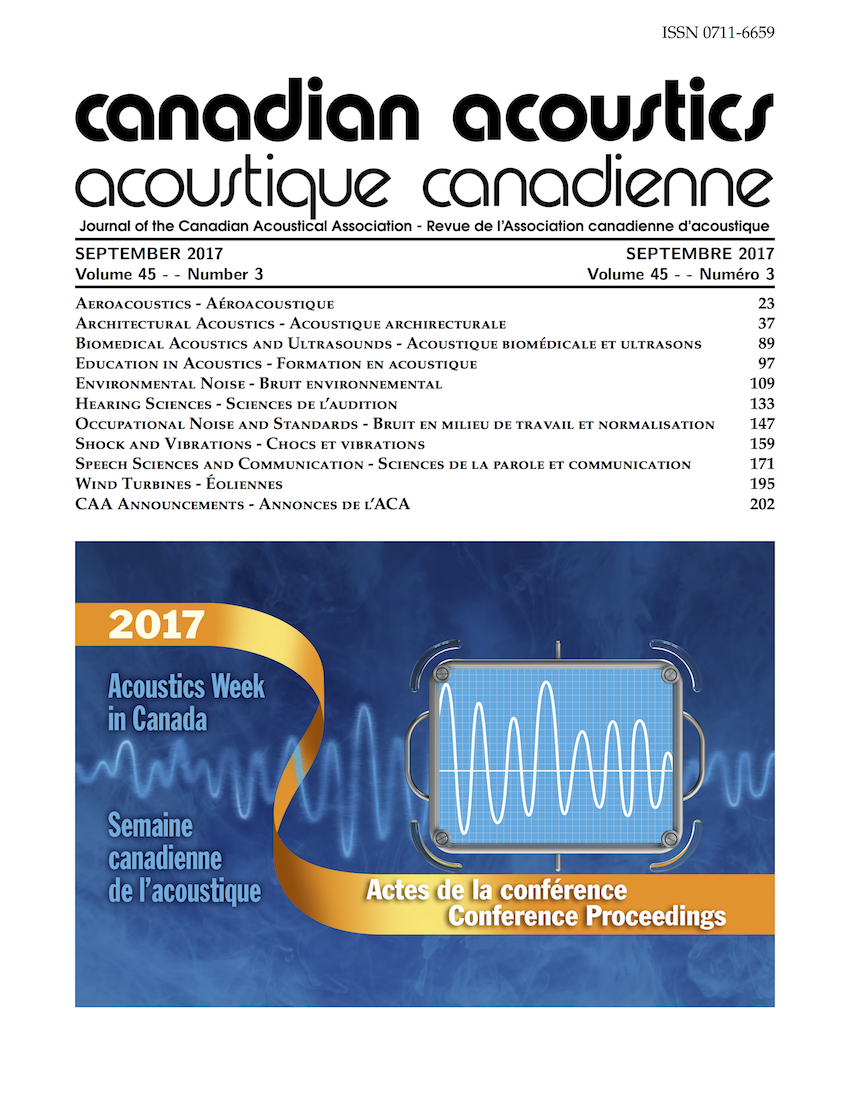Sensory Integration from an Impossible Source: Perceiving Simulated Faces
Résumé
Recent research has shown that aero-tactile cues influence speech perception without the presence of an acoustic signal (Bicevskis, Derrick & Gick, 2016); when participants viewed a bilabial articulation that co-occurred with a puff of air felt on the skin, they were significantly more likely to perceive it as aspirated. These results and others (Gick & Derrick, 2009, etc.) suggest that this integration is relatively automatic, enough so that it does not require the physical presence of the source to arise. However, it may be that perceivers are willing to extend physical capabilities to these non-present sources because they are human and therefore possible sources of the aero-tactile cue. The current study examines whether aero-tactile information from an impossible source—a computer-animated face on a computer monitor—can affect perception of aspirated consonants. Sixteen native English speakers are shown an animated video of a computer-animated head performing a bilabial plosive but hear only babble noise through headphones. Some of the presentations are accompanied by a light, synchronous puff of air on the neck. They are asked to identify the syllable as either /ba/ or /pa/. Analysis of this two-alternative forced choice response task will be presented. Evidence of integration from an impossible source would support the idea that visual-tactile integration is an automatic process that occurs even in the absence of an interlocutor capable of producing the stimuli.Fichiers supplémentaires
Publié-e
Comment citer
Numéro
Rubrique
Licence
Author Licensing Addendum
This Licensing Addendum ("Addendum") is entered into between the undersigned Author(s) and Canadian Acoustics journal published by the Canadian Acoustical Association (hereinafter referred to as the "Publisher"). The Author(s) and the Publisher agree as follows:
-
Retained Rights: The Author(s) retain(s) the following rights:
- The right to reproduce, distribute, and publicly display the Work on the Author's personal website or the website of the Author's institution.
- The right to use the Work in the Author's teaching activities and presentations.
- The right to include the Work in a compilation for the Author's personal use, not for sale.
-
Grant of License: The Author(s) grant(s) to the Publisher a worldwide exclusive license to publish, reproduce, distribute, and display the Work in Canadian Acoustics and any other formats and media deemed appropriate by the Publisher.
-
Attribution: The Publisher agrees to include proper attribution to the Author(s) in all publications and reproductions of the Work.
-
No Conflict: This Addendum is intended to be in harmony with, and not in conflict with, the terms and conditions of the original agreement entered into between the Author(s) and the Publisher.
-
Copyright Clause: Copyright on articles is held by the Author(s). The corresponding Author has the right to grant on behalf of all Authors and does grant on behalf of all Authors, a worldwide exclusive license to the Publisher and its licensees in perpetuity, in all forms, formats, and media (whether known now or created in the future), including but not limited to the rights to publish, reproduce, distribute, display, store, translate, create adaptations, reprints, include within collections, and create summaries, extracts, and/or abstracts of the Contribution.


